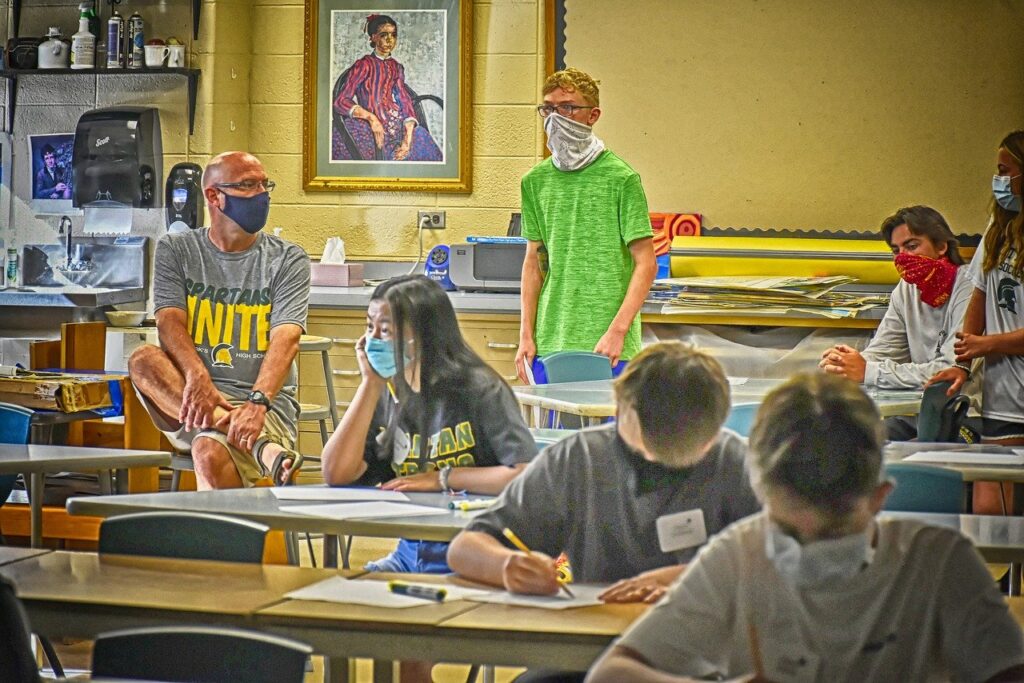
We’ve all been living through an incredible experience in 2020 with CV-19, shared globally and across all layers of our social systems. Essentially our entire education system has been disrupted by the need to avoid unnecessary physical contact for months at a time, and for most of us, this has meant moving all instruction fully online. Wow.
Many institutions have provided substantial and effective resources and supports for faculty challenged with teaching online. Many have also provided additional supports for students required to become fully online learners literally overnight. The needs have been many – access to networks and bandwidth, remote computers, software, instructional materials, administrative forms and supports, and more. Some faculty and students have reported that moving fully online is working ok for them, but many are expressing frustration with the experience: lack of design support (especially for material development), an over-reliance on web-conferencing, confusing assignments and changing requirements and deadlines, and trying to stay focused and productive as the world around us changes forever through this very stressful and uncertain upheaval.
After managing the first few weeks of the education crisis, conversations are now turning to “what’s next?”, what should we plan for the coming academic year?, and what should we be prepared for “post-CV-19” with the knowledge that a similar crisis is possible at any time? A few challenges are becoming clear for schools in many areas of the world until a CV-19 vaccine is widely available: 1) physical distancing requirements will not be removed, 2) many students and faculty may not want to return to face-to-face large-group instructional environments, and 3) institutions will be pressured to maintain enrollments and serve as many students as possible for many reasons.
No doubt some will continue to use fully online learning to meet these challenges. Many will likely use hybrid or blended approaches to reduce classroom seating requirements, decreasing group size and increasing physical interpersonal distance in the classroom. Another solution, which many institutions already have some experience with, is using HyFlex (Hybrid-Flexible) courses that give students the options of attending in-person or online, and could also provide the opportunity for faculty or administrators to control the total number of students allowed in class since a fully online participation option is already provided. Additional controls might include a “classroom seat reservation” system or some other approach that balances the desire to give students’ control over their participation mode (a fundamental principle of HyFlex design) and the need to enforce physical distancing requirements.
HyFlex options will also prepare an institution (or program) for any other situation requiring an immediate shift to fully online. Pandemics like CV-19 are extremely rare and we hopefully won’t see another one in our lifetimes, but you should consider the specific challenges your institution may face: earthquakes, hurricanes, extreme fire conditions, floods, mass transit disruptions, and others. If you prepare ahead of time for potential disruptions to the face-to-face instructional environment, your efforts will allow for a much less challenging transition. One less area of life to struggle with in the midst of crisis…
See the 2019 open-access book, Hybrid-Flexible Course Design, freely available at https://edtechbooks.org/hyflexfor more about the HyFlex course design.
[…] We’ve discussed this need before – see blog posts: Build to Pivot, Instructional Continuity “by Design”, and Preparing for a New Normal – “Post-Pandemic” […]